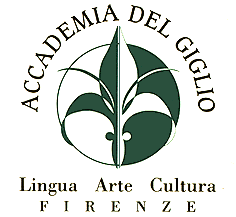The historical Davanzati Palace dates back to XIVth century and it is famous for hosting many artworks of that period. Built mainly with sand stone, it was erected by the Davizzi family, who subsequently sold the building to the Davanzati Family. The facade has three big portals on the ground floor, three rows of windows and a big loggia on the last floor. It has mantained the Davanzati’s coat of arms since the XVIth century, when this family of rich merchants bought the palace and held it until the 1838. After the death of the last heir, Carlo Davanzati, the Palace was divided into several parts and modified. In the 20th century it was bought by Elia Volpi, an antiquarian who appreciated the enormous historical value of the building and restored it by giving it back the original style. Today it is possible to visit the reconstruction Elia Volpi made in order to create a kind of a museum with the look of the typical ancient Florentine house. The marvellous courtyard with vaults and arches, the rooms frescoed and with wooden ceilings, the tapestries on the walls of the rooms and the charming furniture (chairs, tables, beds, sculptures and paintings, ceramics and objects of domestic use), all this gives to the palace an antique-style atmosphere allowing a true revival of medieval history and art. On the first floor it is possible to admire a permanent exhibition of old embroideries from Italy and from abroad as well as the beautiful “Sala dei Pappagalli”, where parrots are painted or embroidered with brilliant colours on the walls, and the marvellous “Sala de’ Pavoni”, frescoed with motifs of windows giving onto an imaginary garden where multicoloured peacocks are painted on the window-sill. The opening hours are from 8:15am to 1:50 pm, Monday to Sunday and if you wish to visit the second floor a reservation is necessary. Both the entrance ticket and the reservation are free of charge. The Davanzati Museum is closed on the 2nd and 4th Sunday of each month and on the 1st, 3rd and 5th Monday.







[…] è la traduzione in italiano di questo post di ieri, in inglese, fatta da due nostre studentesse (Yena da Cipro e Anabel dall’Argentina) […]